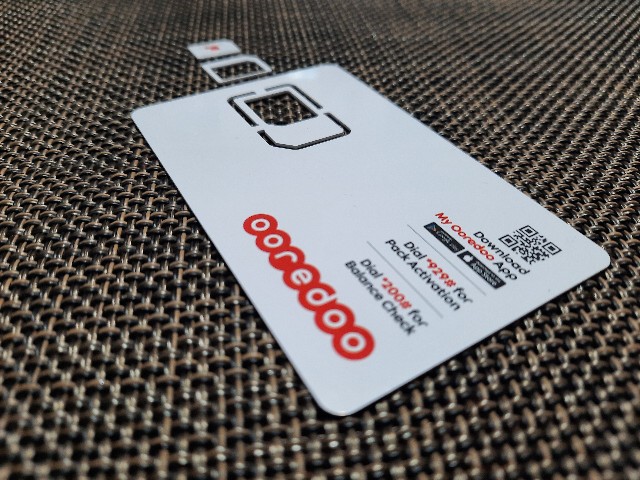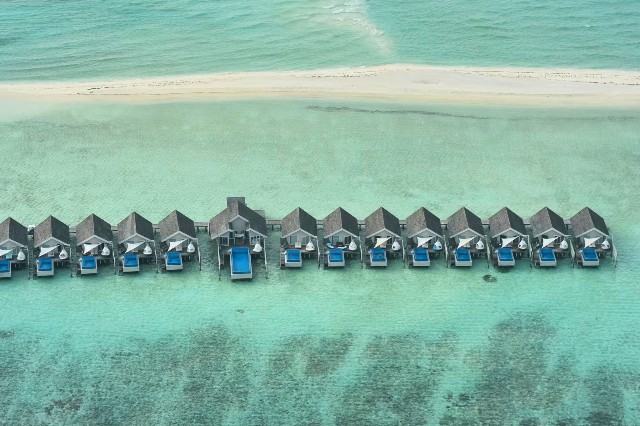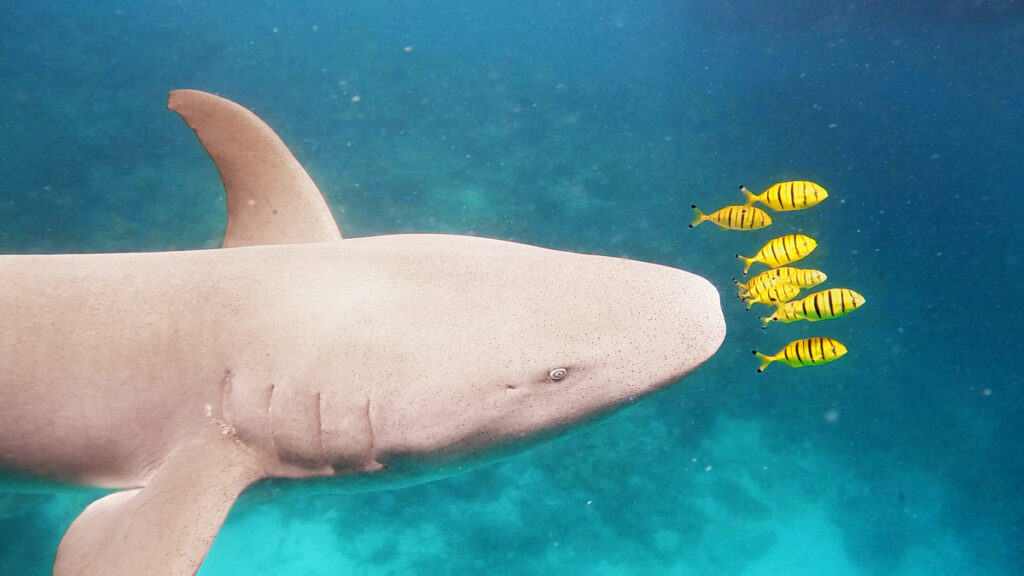
When you think of a trip to the Maldives, you might imagine relaxing moments in luxury resort overwater cottages. But hold on for a moment.
Indeed, spending time in luxury resorts is luxurious, and staying in a private overwater cottage feels incredibly romantic, whether it’s in the Maldives, Bali, or Cebu. However, overwater cottages exist not only in the Maldives but also in places like Bali and Cebu, and there are plenty of luxury hotels even within Japan. After coming all the way to the Maldives, is it okay to end up with such a common trip?

And, above all, luxury trips are expensive! If you plan to spend about a week for two people, be prepared to spend around one million yen in total to fully enjoy the resort (if you try to save money halfway, there’s a possibility of ending up in a resort with outdated facilities, being assigned to a lower-ranked room, or having a disappointing buffet every day).
This time, for those seeking an extra thrill in their Maldives trip, we will introduce a travel plan to stay on a “local island”—a populated island—rather than a resort island.
“Resort Island” vs “Local Island”

As a premise, the islands in the Maldives are broadly divided into two types: “Resort Islands” and “Local Islands.” Resort Islands are islands developed exclusively for resorts, originally uninhabited islands where local residents did not live. The unique “one island, one resort” style, with one resort hotel per island, is a distinctive resort format in the Maldives. Therefore, if you stay at a resort, you will spend your time leisurely within that resort’s island during your stay.

In contrast, “Local Islands” refer to inhabited islands where locals reside and became areas that foreigners could visit for the first time with the 2009 amendment of the tourism law. Since 2009, inexpensive guesthouses and lodges have been built, gradually transforming into tourist destinations. However, many local islands still retain the authenticity of the locals’ way of life.
Charms of Local Islands
Local islands have many charms that resort islands do not! Let me introduce some of them in this article.
1. Experience the Kindness and Sincerity of Locals

The main charm lies in the opportunity to connect with the locals, experiencing their kindness and hospitality. Unlike resort hotels that handle hundreds of guests daily, guesthouses on local islands are often small-scale, providing more chances to bond with the hosts.
Personally, I stayed at a small guesthouse run by a young local couple called “White Tern Maldives.” Experiencing their kindness and dedication to running the guesthouse made my stay very memorable.
Book White Tern Maldives
White Tern Maldives
Check the best price at: Booking.com
White Tern Maldives
Check the best price at: Agoda
2. Immerse Yourself in Local Cuisine and Culture

Additionally, you can explore local traditional cuisine and culture, which is a unique charm. While resort hotels often offer multinational buffet-style meals, small guesthouses allow you to enjoy home-cooked flavors made on the spot.
Exploring the island beyond the guesthouse, I visited tea houses and shops in the small island of “Dhidhdhoo” where White Tern Maldives is located. The local men treated me to coffee at the tea house and introduced me to the intriguing ‘Supari’ tobacco, providing a fascinating experience.
3. Embrace the Charm of “Authenticity” and “Handmade Feel”

Unlike resort areas beautifully finished by large capital, local islands often see guesthouses and beaches created through individual manual labor. The beaches, crafted by the efforts of the residents, have a unique charm that can only be experienced there.
4. Easily Plan Activity Schedules

When it comes to activities like diving, snorkeling, cruising, and sandbank tours in the Maldives, large resorts often have preset schedules and participant limits, making it challenging to participate during your stay. However, local islands, with fewer guests, tend to be more flexible. You can easily communicate your preferences like, “I want to see whale sharks tomorrow!” or “I’d like to swim with mantas this afternoon!” They will help create the optimal activity schedule, considering weather conditions.
I have detailed information on arranging snorkeling trips, tips for encountering marine life, and experience reports in another article, so be sure to check that out too!
5. Affordable Accommodation, Food, and Activities

Above all, staying on a local island is significantly cheaper than resort islands! Not only accommodation costs but also food and activity expenses, such as snorkeling tours, can be much more affordable compared to resorts.
If you’re eager to swim and meet various marine creatures, staying on a local island and actively planning your activity schedule might be a great choice!
Drawbacks of Staying on a Local Island
Of course, staying on a local island has its pros and cons, and it’s essential to understand the following points beforehand:
1. Alcohol Consumption Restrictions

Alcohol consumption is prohibited by law in residential areas in the Maldives, adhering to Islamic principles. This includes local islands, and you cannot consume alcohol even in guesthouses.
2. Insufficient Facilities
Local islands often lack adequate power facilities, leading to cases where there is no hot water in showers. However, in tropical countries like the Maldives, the absence of hot water showers may not be a significant issue.
3. Restricted Attire, Especially Bikinis

It’s crucial to note that on local islands, except for designated areas like ‘Bikini Beach,’ you should not wander around in swimwear, including bikinis. This is to respect Islamic principles. While tourists are not expected to cover up as extensively as locals, it’s essential to be mindful of dressing modestly in public areas.
Conclusion
In this article, I shared the appeal of staying on a local island, specifically focusing on “Dhidhdhoo,” for those seeking additional excitement during their Maldives trip. While staying in a resort is undoubtedly attractive, experiencing the rich and unique aspects of local life is highly recommended. In the next article, I will delve deeper into the lifestyle of local islands, so stay tuned!
《Next Article》
Booking at White Tern Maldives is more advantageous through here!
White Tern Maldives
Check the best price at: Booking.com
White Tern Maldives
Check the best price at: Agoda





